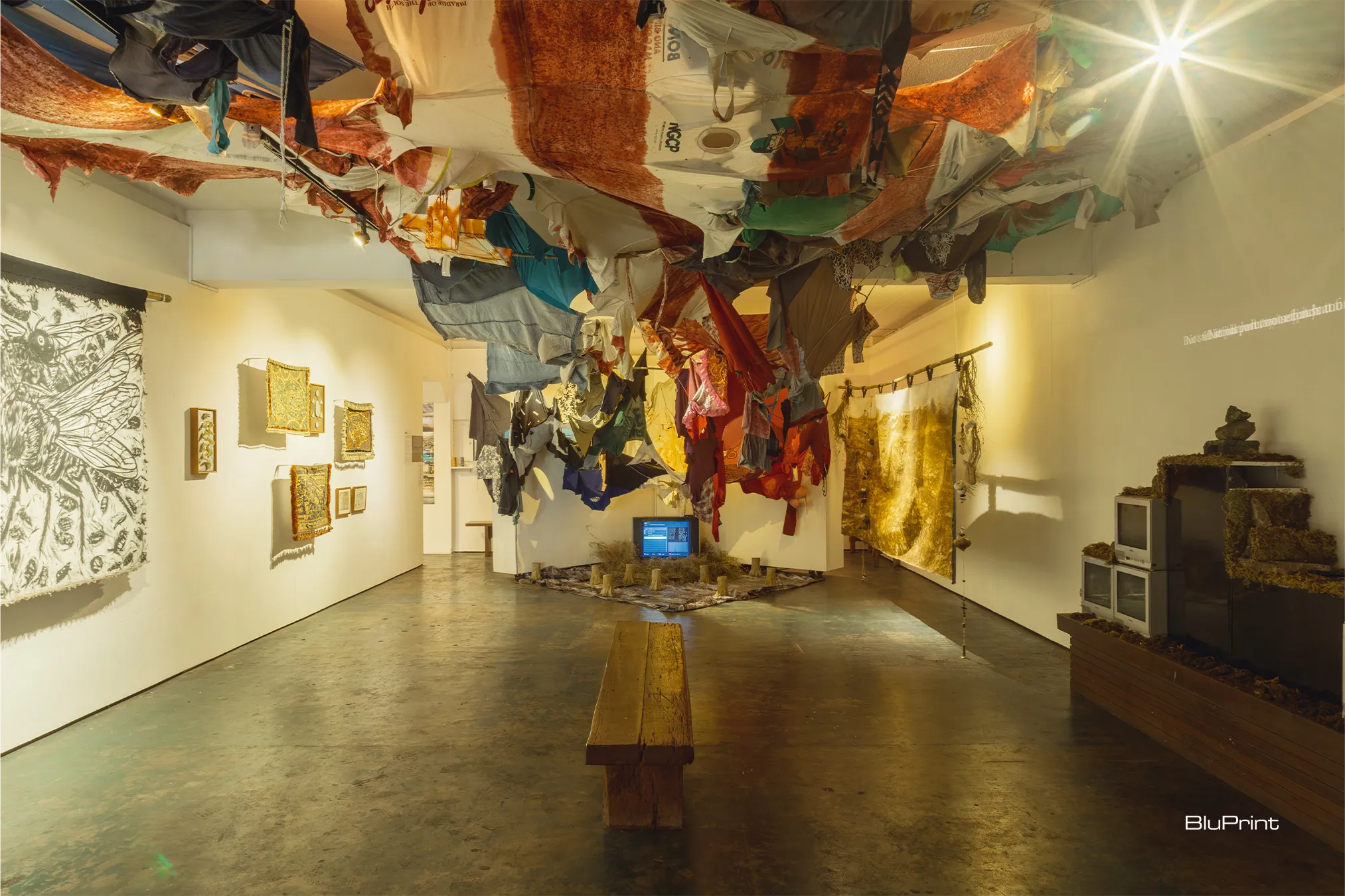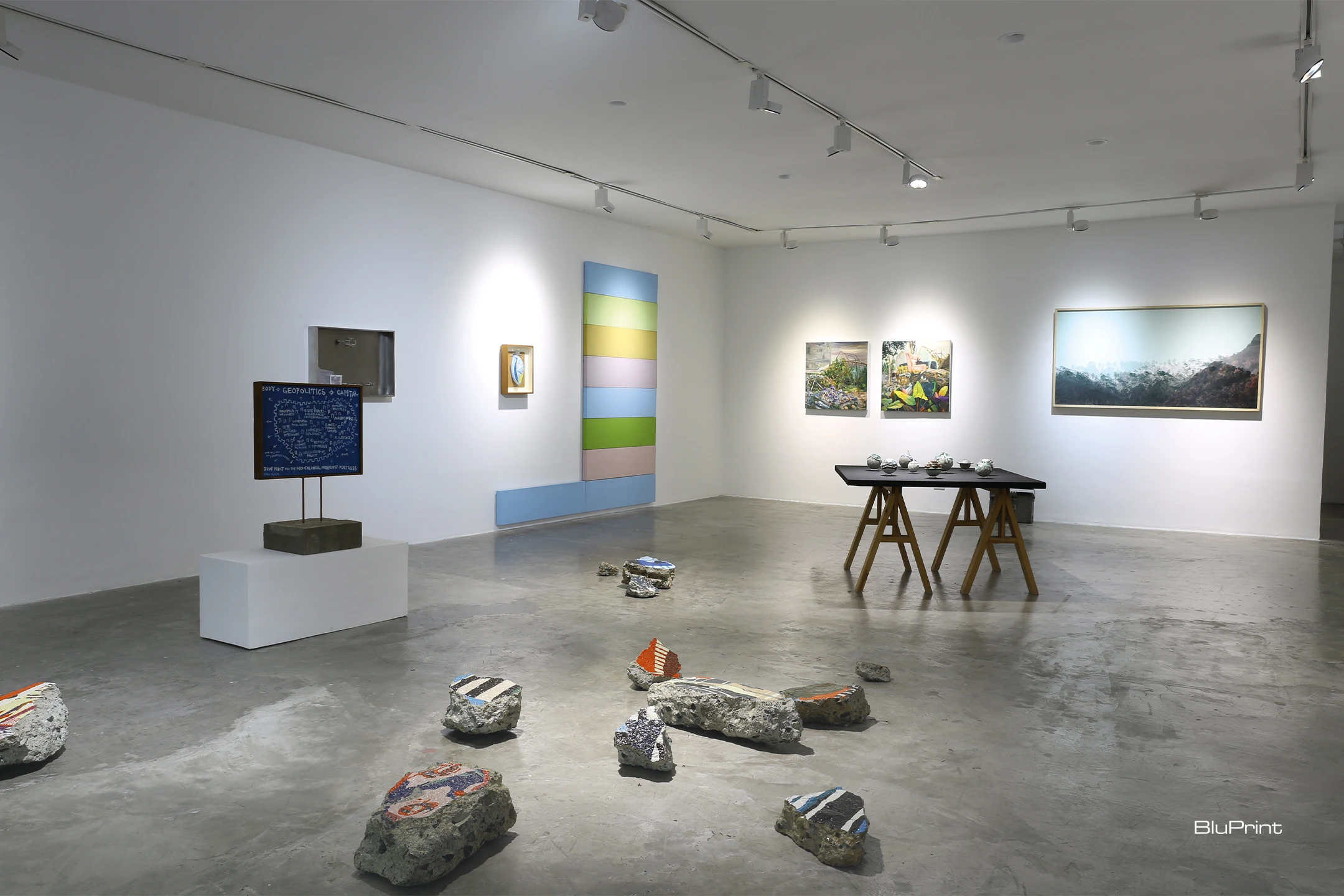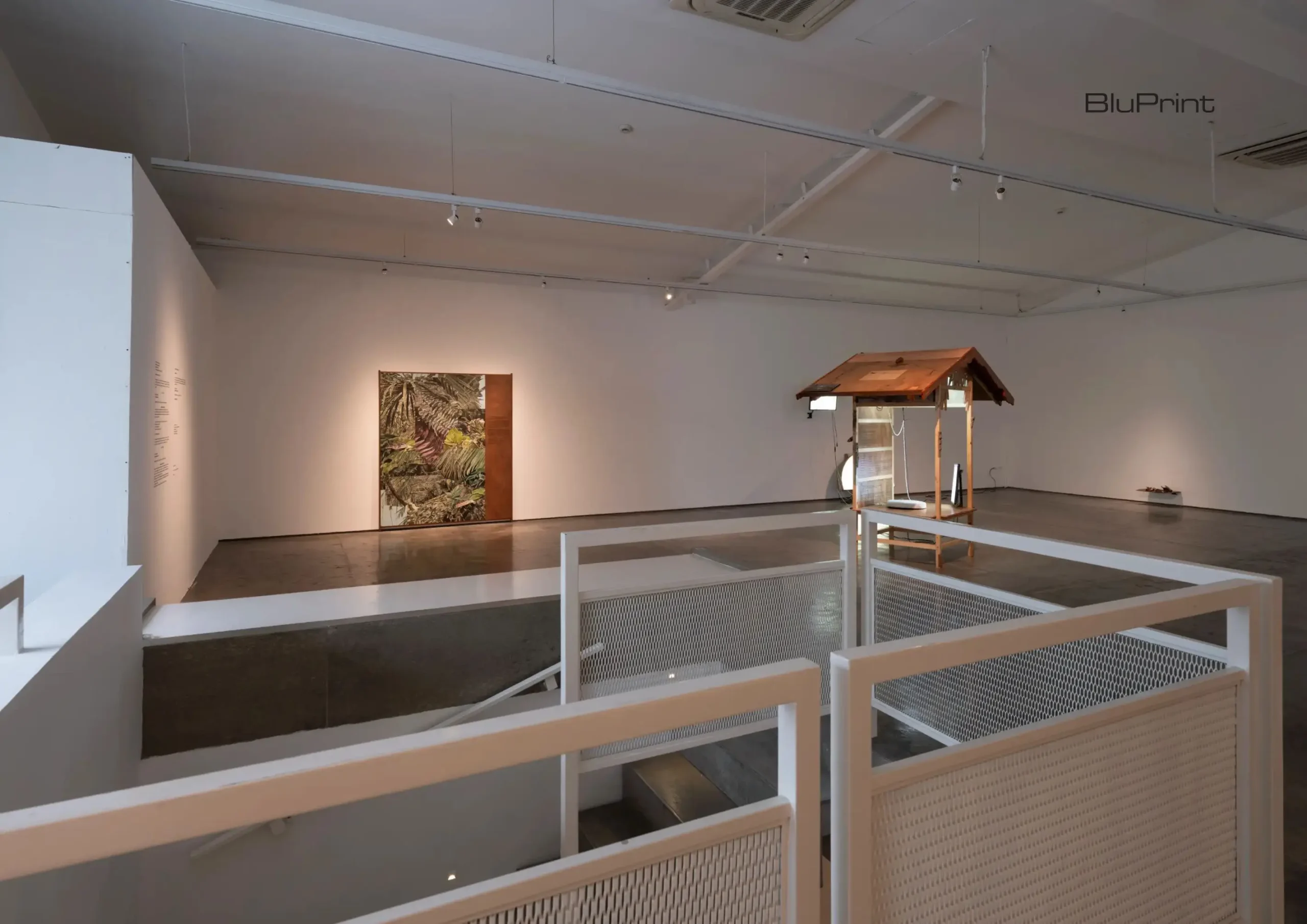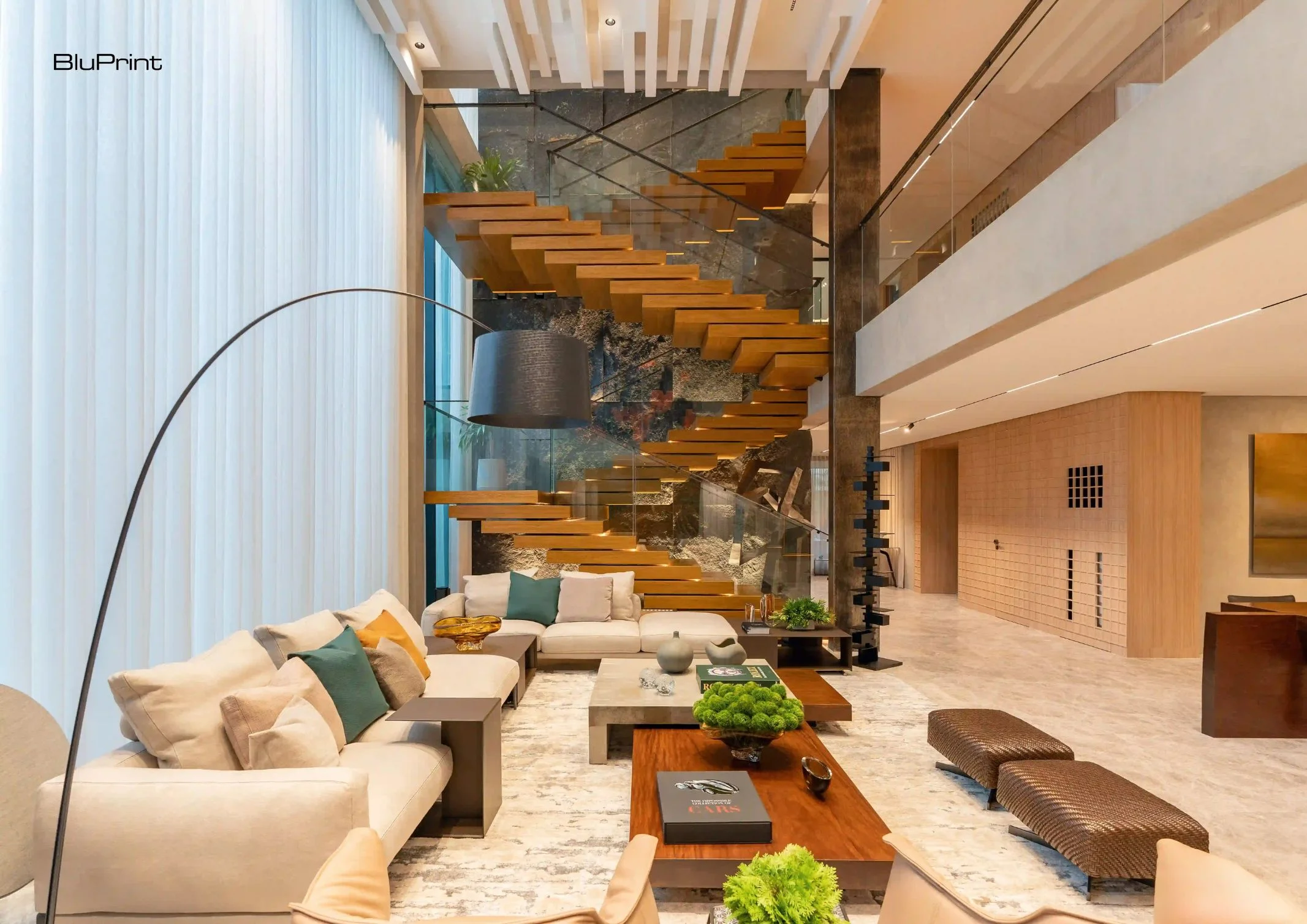The Museum of Contemporary Art and Design (MCAD) Manila will be launching Funding the Future 2025, a series of fundraising events that aims to raise money for the programming and future plans of the gallery. Done in partnership with Leon Gallery, the fundraising events include a benefit dinner and an accompanying exhibition showcasing items to […]

The Lubi Art Project: Where Art Meets Island
There’s a moment when you first encounter art at Lubi where something fundamental shifts. You realize you’re not looking at artworks positioned on the landscape but you’re walking through art that has grown from it.
Nine contemporary installations scattered across this former plantation don’t sit on land like objects on a table. They emerge from it, woven into the place with such seamlessness that the boundary between natural and constructed begins to dissolve.
This is art that remembers what galleries often forget: that we experience the world through more than just our eyes. Here, creative work engages every sense: touch, hearing, smell, and those unnamed sensations that exist beyond the conventional five. It’s a return to visceral memory, that powerful force that can transport us through time with a single trigger.
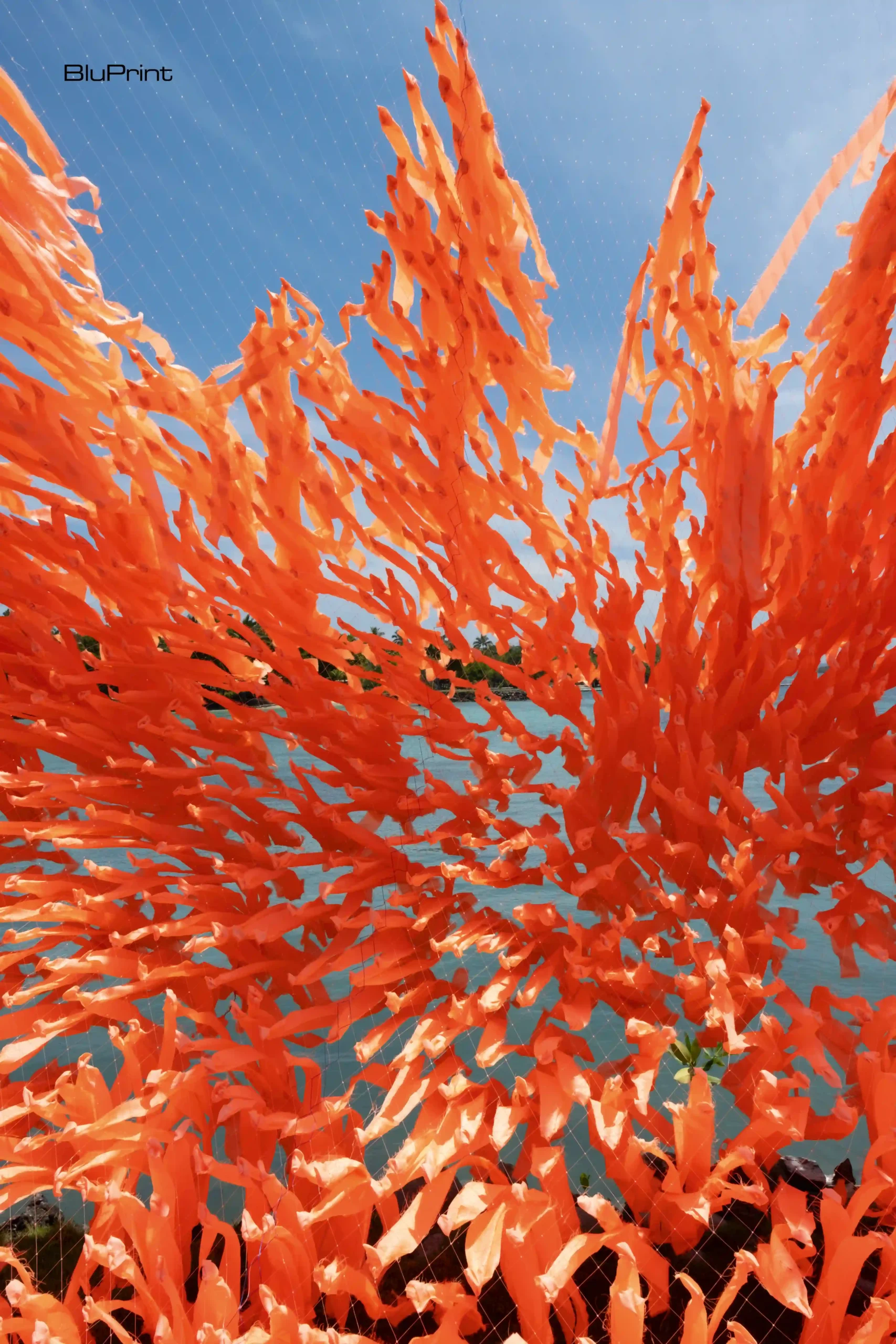
On Impermanence
The methodology behind this transformation is quietly radical. Artists are required to work exclusively with materials the island offers: driftwood, bamboo, whatever debris washes ashore. But more significantly, they must collaborate with the people who call this place home.
It acknowledges a truth contemporary practice tends to overlook: that local communities understand their own ecosystems better than any outside expert, including unintended costs of well-meaning solutions. A stranger attempting to fix someone else’s home makes little sense, whether that home is physical, cultural, or creative.
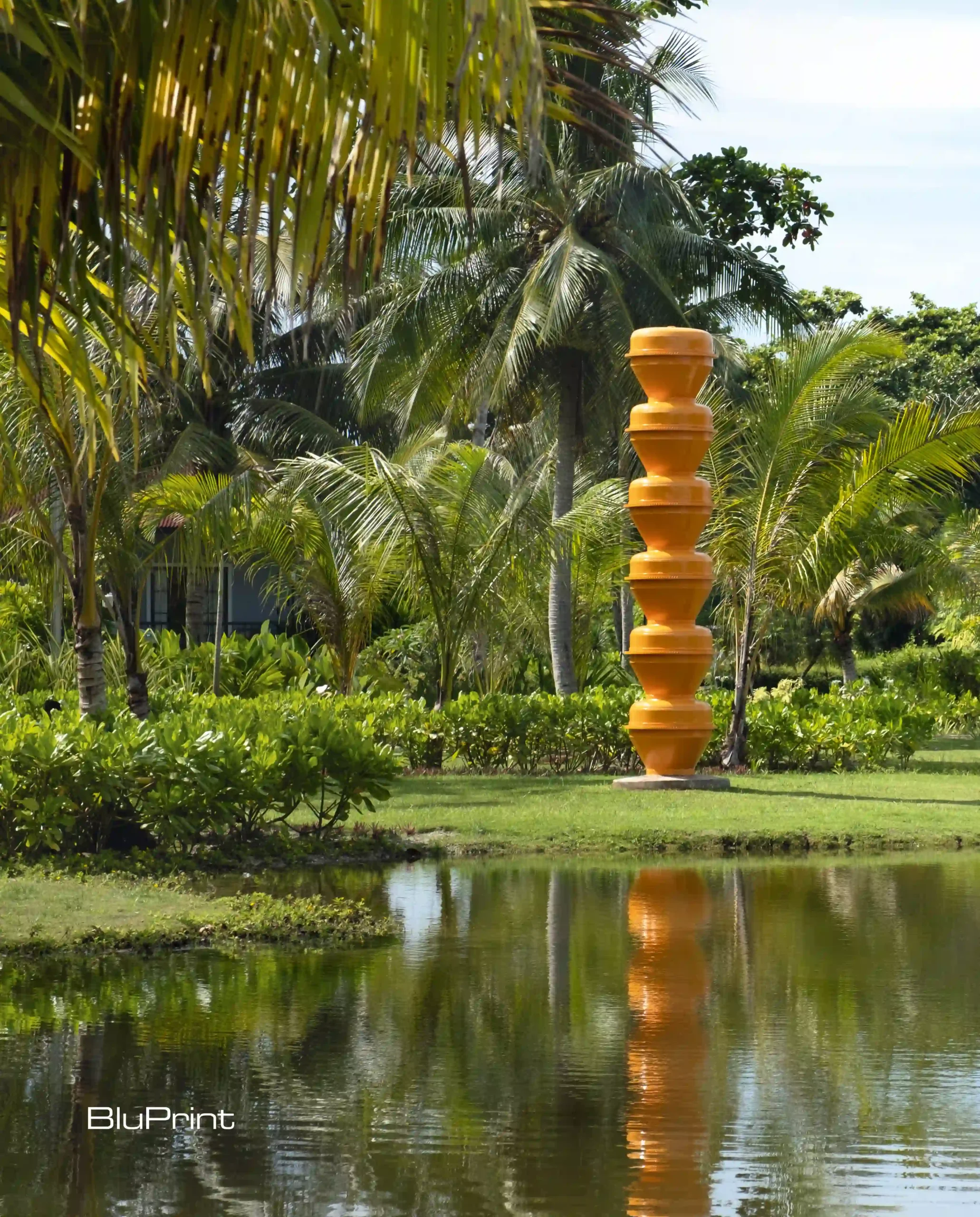
These works aren’t meant to last forever, and that’s not a compromise—it’s the point. Like the island’s natural cycles, the installations acknowledge temporality as integral to meaning. They weather, transform, eventually return to the environment that birthed them.
Lubi suggests an alternative model. By requiring collaboration between visiting artists and local craftspeople, the program creates space for genuine exchange of knowledge and techniques preserved through practice rather than documentation.
A Contemporary Biennale
Temporary, catalytic, designed to spark imagination rather than provide definitive answers, the art at Lubi operates indirectly, playing with shapes, colors, textures to translate meaning while leaving interpretation entirely open. The question isn’t whether artists successfully delivered their intended message. The purpose is purely to let imagination run free, to create conditions where new possibilities become visible.
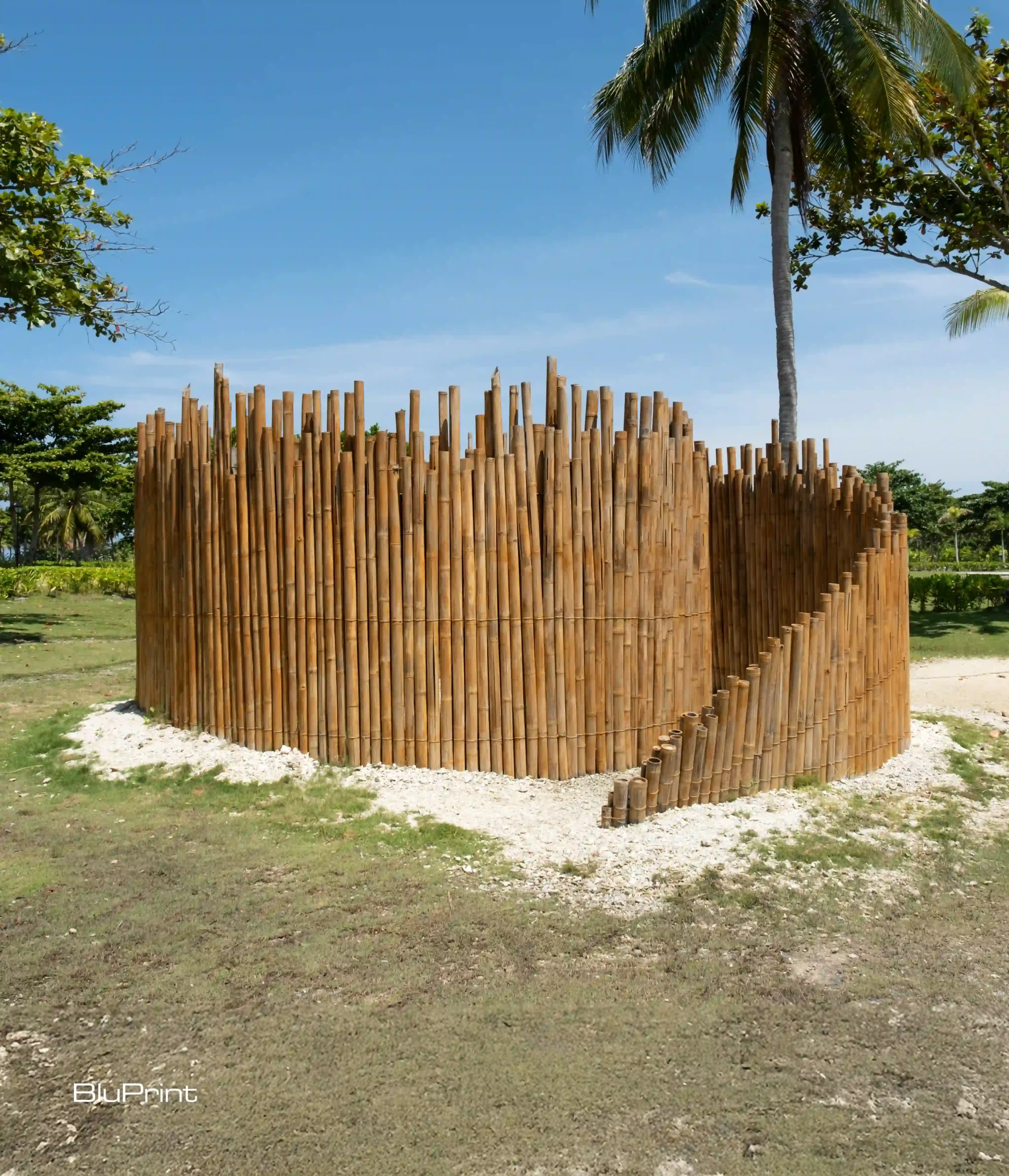
Perhaps what makes materials disposable or meaningful isn’t inherent to the materials themselves, but determined by the attention and labor we’re willing to give them, whether we see waste or potential for transformation.
Standing among these works, watching how they negotiate the space between human intention and natural force, something becomes clear: the most meaningful art might be that which doesn’t attempt to dominate its context but learns to dance with it.
What Comes After Lubi
These installations will fade, shift, transform, but what they demonstrate – about what becomes possible when creativity works with rather than against natural systems. About art’s capacity to create new forms of shared experience, about what happens when art stops trying to last forever and focuses instead on being fully present, those insights persist.

The island creates a space that changes how people see not just this particular place, but all the places they move through afterward. You leave understanding something new about impermanence and collaboration, about how art can function as both mirror and window, reflecting our relationship with the natural world while opening possibilities for different ways of being within it.
Art that functions like the best stories: it changes you in ways you only recognize later, when you find yourself seeing the world through different eyes, hearing healing frequencies in unexpected places, noticing the beauty in decay.

This article has been abridged for digital publication. Read the full story behind Where Art Meets Island by ordering your copy of BluPrint Art at Sari Sari Shopping, Shopee, and Lazada. E-magazines are also available for download here or through Readly, Press Reader, and Magzter.
Dive into the captivating world of architecture, interiors, and arts & culture by getting exclusive digital access to BluPrint’s past and upcoming issues. Click here to find out more.
Photos by Anjelika Orui.
Related reading:

